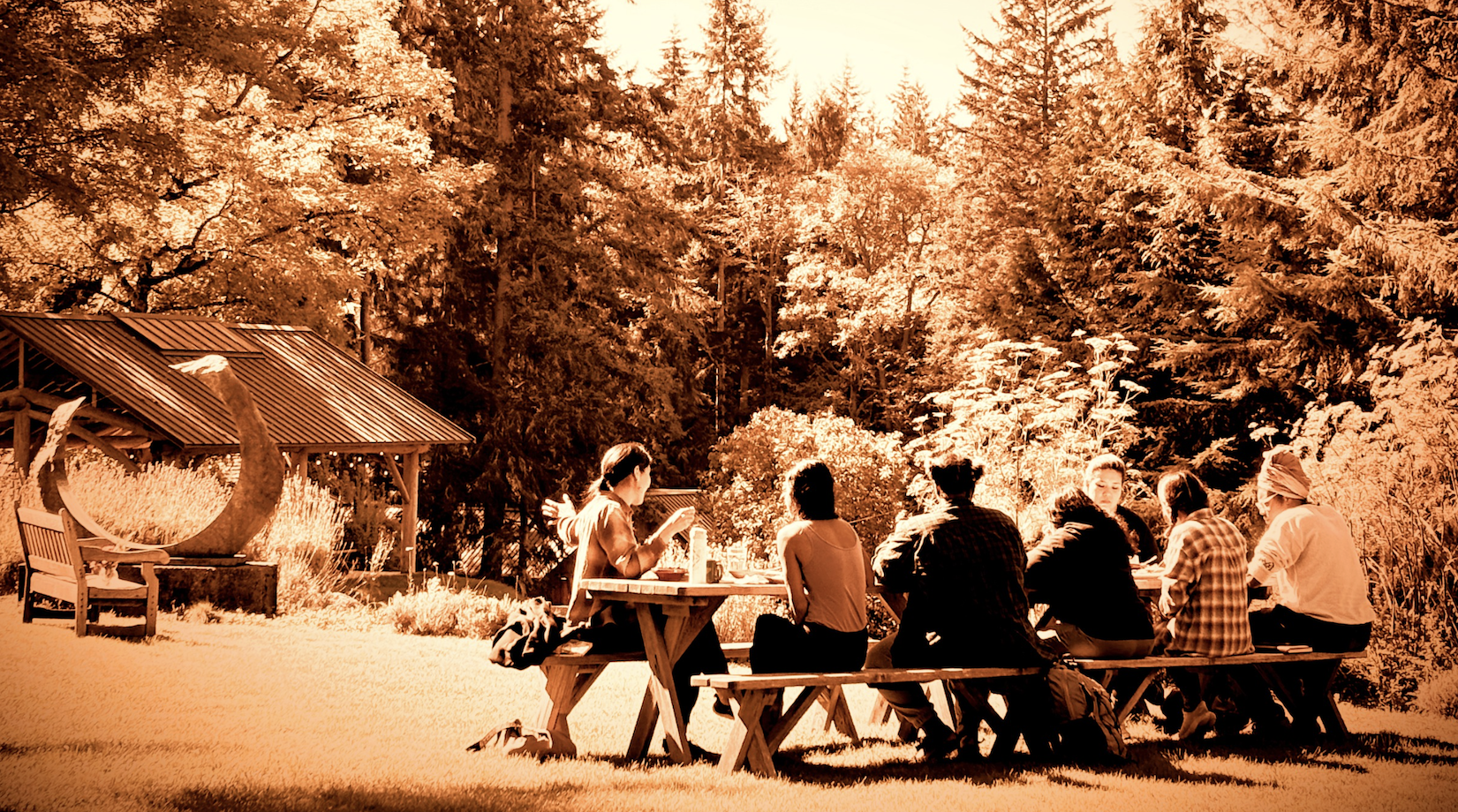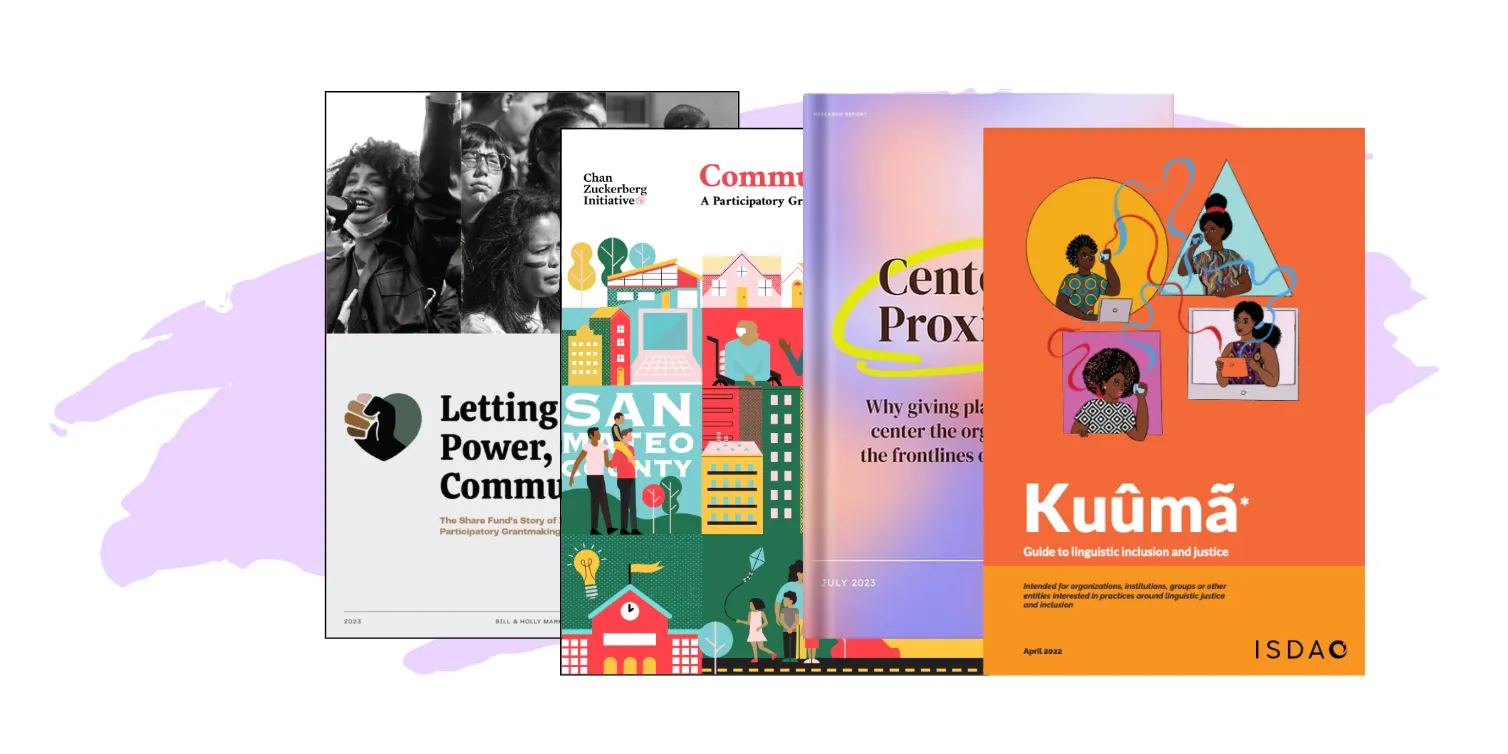There is a growing movement of participatory grant-making in Aotearoa New Zealand. Some of our largest funders are setting aside buckets of funding, handing decision-making power to young people, primarily indigenous and Pasifika youth – seeing changes not only in the community but in their own organisations.
There is ample evidence that participatory practice supports better decision-making, increases diversity of decision-makers, provides opportunity for community agency and helps to shift power dynamics.
These practices are becoming more common in and around Aotearoa New Zealand, as made evident in a recent report from the Centre for Social Impact and the JR McKenzie Trust. A large number of foundations are actively working to shift power – from the Peter McKenzie Project’s decision to work with community leaders to make decisions about strategy, resourcing, and grantmaking, to Fay Fuller Foundation’s model of enabling Indigenous Australians self-determination for their health care strategy.
With more funders looking to engage in this space, how can we share learnings to create the conditions for success? And how can organisations and boards address challenges ahead of time to create the most effective outcomes?
Here are some of the lessons highlighted by funders leading the field in Aotearoa.
Be prepared to bend your own rules
Organisational rules can be constraining for community-led and youth-led funding processes.
Grantmaking teams of indigenous and Pasifika youth can find traditional policy boundaries constraining. For some teams, this presents an opportunity to advocate for organisational change.
“We’re in to bat for them no matter what they want. Sometimes they want to fund things that go against policy and it’s our job to change our trust deed, to change our policy. We’re bending the rules - or changing the rules - to make sure this is truly their fund and their decisions are not limited by traditional thinking.”
For others, the call for new administrative settings has created tension among stakeholders, as the evolving policy and practice requirements of young people extend beyond the confines of effective governance.
Eligibility criteria can present a challenge in particular. Constraints on who can apply are a useful way for funders to narrow the funnel, reduce compliance and due diligence needs, and ensure funders receive available tax benefits. But for many young people, these constraints curtailed creativity and efficacy. They saw the greatest impact coming from unregistered community groups, small marae (tribal meeting houses) and the direct actions of other young people.
“If you’re only funding registered charities, you’re not funding what we care about. That’s not how the Māori world works. We don’t want opportunities to be funnelled through western models, western structures, and western worldviews.”
Ensure that resourcing the process is a priority
Some funders found the time and resources spent on relationship building and decision-making unsustainable. At the extreme end of the spectrum, one organisation spent almost 50% of their youth-led funds supporting the process, at the expense of grants and other forms of direct community support.
Other organisations viewed the process costs as part of the overall outcomes, seeing the time spent in relationship and discussion as an opportunity for collaborative learning and as a lever for systems change - developing the next generation of philanthropic leaders and governors.
“Some funders struggle to see the value that is generated through the process. We’re seeing these young people grow and develop, step into leadership, step into other governance roles. Some funders are only interested in the funding outcomes, the results of the money being invested in the community. That’s only part of the picture.”
Make sure your staff have the right mix of skills
In all of the youth-led funding practices, a staff member was assigned by the funder to act as translator, organiser and facilitator (though substantive elements of this role were often taken over by the young people themselves after the initial establishment phase). This role provides pivotal support, guidance and organisational advocacy, and the skills and buy-in of the person/s selected often determines the success or failure of the process.
In order to create the conditions for success, these facilitators build trusted relationships with the young participants, but philanthropic staff - often with no direct youthwork training or experience - found these relationships led to unexpected outcomes.
“The other side of building relationships is that these young people do confide in us. They tell us things about their lives - big things - and we need to work out how to manage these disclosures, to keep the relationships, and keep the trust, while also protecting the young people and ourselves.”
Be prepared for transformation
It’s hard to truly know if the funds distributed through participatory grant-making result in more community impact (though we can certainly make a strong case for it). But we do know that youth-led grant-making generates other forms of benefit, particularly for organisations that are able to use input from young people for organisational growth and self-reflection.
“It’s made us review our own policies and procedures, and our trust deed. The fund has had a much bigger impact than we had anticipated, not just on the community and the young people participating, but on us, as an organisation. That’s the value of the fresh eyes that these kids bring.”
For those with less organisational flexibility, legislative constraints, or buy-in from staff, the challenges at times outweighed the positives, leading to disenchantment from the young people, the funders, even the communities being served.
So how can philanthropic organisations set themselves up for successful community-led grant-making processes? Considering the challenges of policy, process, eligibility criteria, and project management are a start - but it is also worth discussing these questions around the board table:
- Are we willing to be transformed by this process?
- Are we willing to adjust our conceptualisation of what good philanthropy looks like?
- Are we willing to acknowledge the expertise of young people, and let them drive the process of knowledge formation?
If you can say yes to all of these, the chances of success are high.
Lani Evans is an experienced community and philanthropic sector leader in Aotearoa New Zealand, who has been thinking and writing about participatory philanthropy since 2015. She is co-founder of Generous Ventures and Share Collective and is passionate about equity, philanthropy, social enterprise and community development.
Dr Christina Howard’s 30-year career spans community, government, academia and philanthropy. She loves helping funders transform themselves so they can effectively support transformative change, and supporting funding newbies to understand power, relationships and trust-based philanthropy.

.webp)







.webp)

.webp)
%20(1280%20x%20720%20px)%20(41)%202.webp)
%20(1280%20x%20720%20px)%20(38).webp)
%20(1280%20x%20720%20px)%20(31).png)


%20(1280%20x%20720%20px).webp)











.webp)






.gif)

.webp)


.gif)













